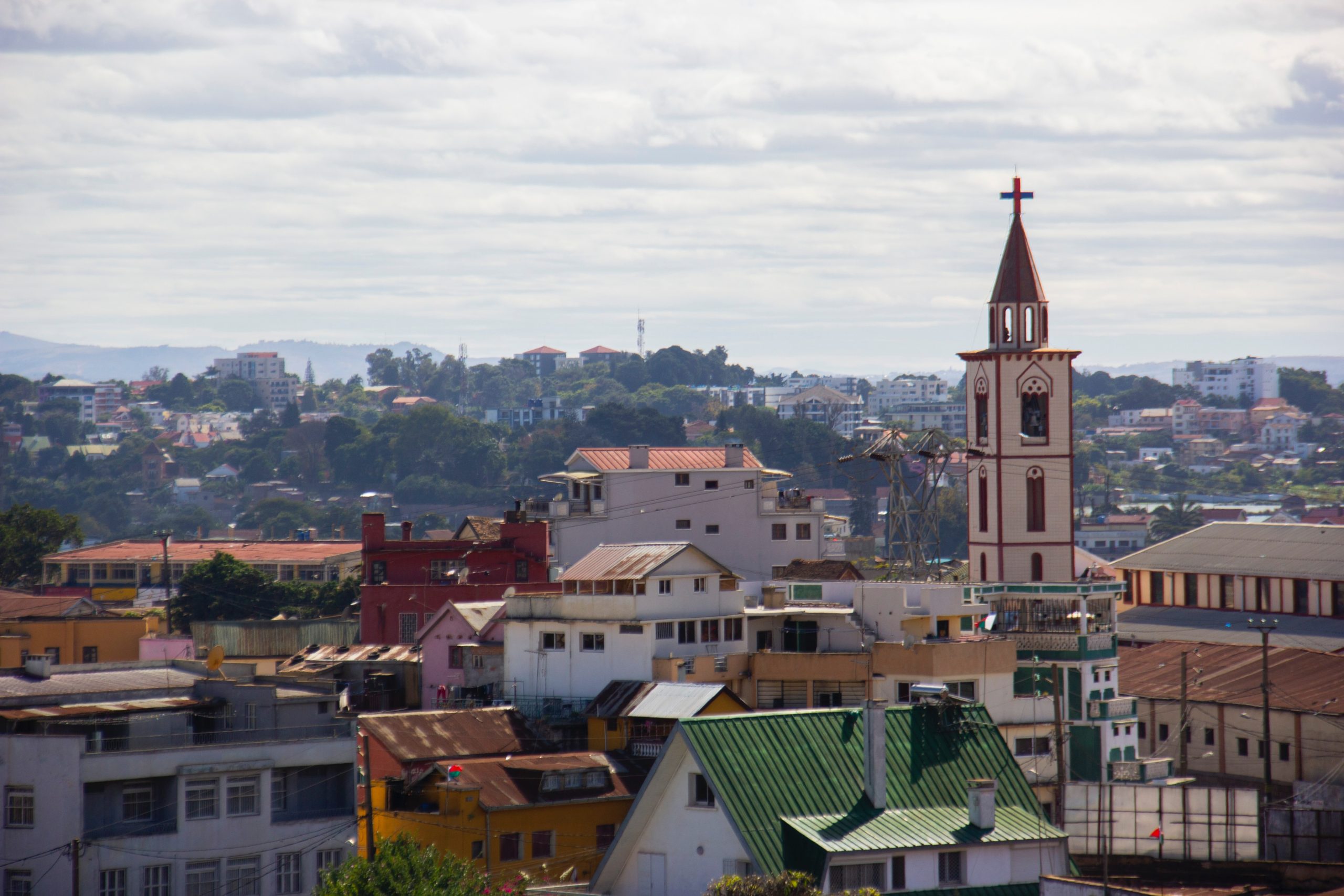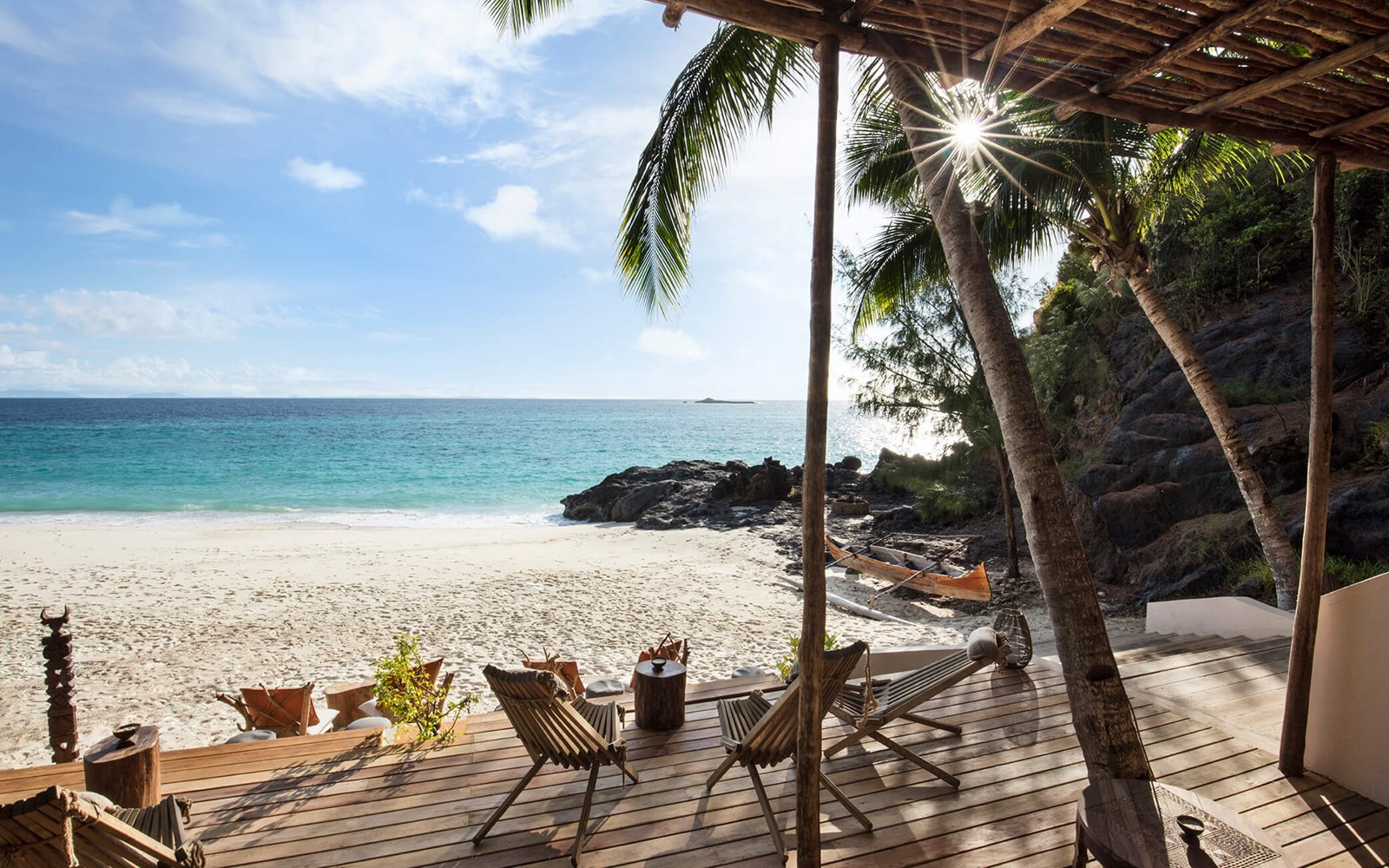This post is all about facts about Madagascar. Madagascar is an incredible island, and it has many many things to offer you. This article is part of a series of posts that I’m doing about my motherland. With this article I really hope that you can fall in love with this land, because it really deserves a visit.
In this post I will share with all of you some interesting facts about Madagascar – we’ll talk about its origin, biodiversity and other interesting facts. If you want to know more about this gem of island, then make sure to continue your reading!
↓ SAVE FOR LATER! ↓
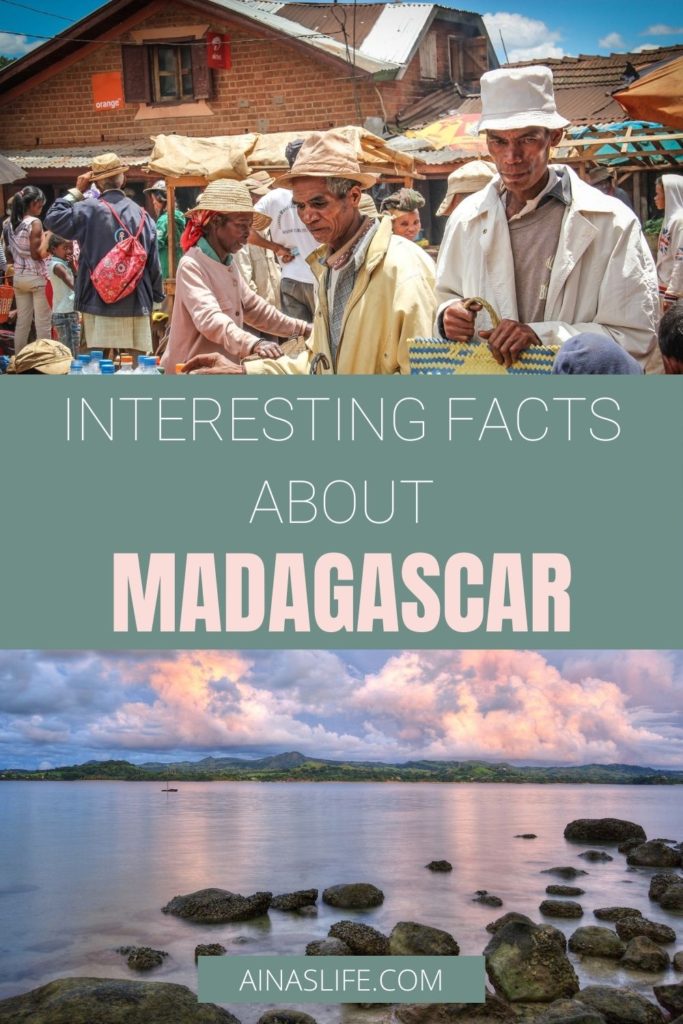
Facts about Madagascar: Geography, Flora & Fauna
Madagascar’s Location
This island is located in the African continent. It lies in the Indian Ocean and on the east side of Mozambique, and is around 250 miles (400 km) off the East African coastline. Madagascar’s coastline is about 3,100 miles (5, 000 km) long, and its west side faces the Mozambique Channel.
Madagascar is the fourth largest island in the world – after Greenland, New Guinea and Borneo. It’s also the second largest island country after Indonesia. This island is about four times as big as Georgia/USA or a little smaller than Spain and Portugal combined.
Madagascar’s biodiversity
You can notice that Madagascar’s biodiversity is very unique, and this is because this island is “isolated”. Madagascar hosts lots of plants and animals that you can’t find anywhere else. Around 90% of the flora and fauna are endemic to the island, this characteristic brought people to call it “the eighth continent”.
Fauna: in the world there are 101 species of lemurs and you can find them all in Madagascar where they live in the wild.
Here you can also find another kind of animal that is quite “special” – the zebu. Zebus represents the nation of Madagascar – it’s a cattle which have horns and a fatty hump on their shoulders.
Madagascar also hosts the smallest reptile in the world: the smallest chameleon. Here you can also find 283 different species of birds.
Flora: the flora of this island is very rich – here you can find three-quarters of the 860 species of orchids. It also has 6 out of the 8 species of baobab, along with 179 different species of palms – the national tree of Madagascar is the Ravenala palm.
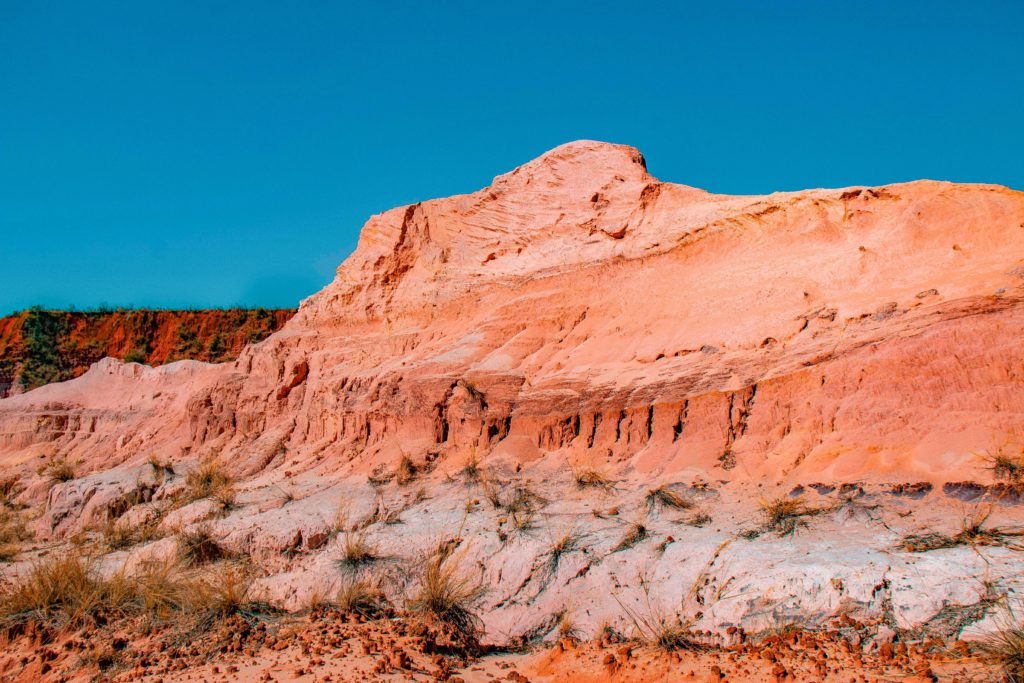
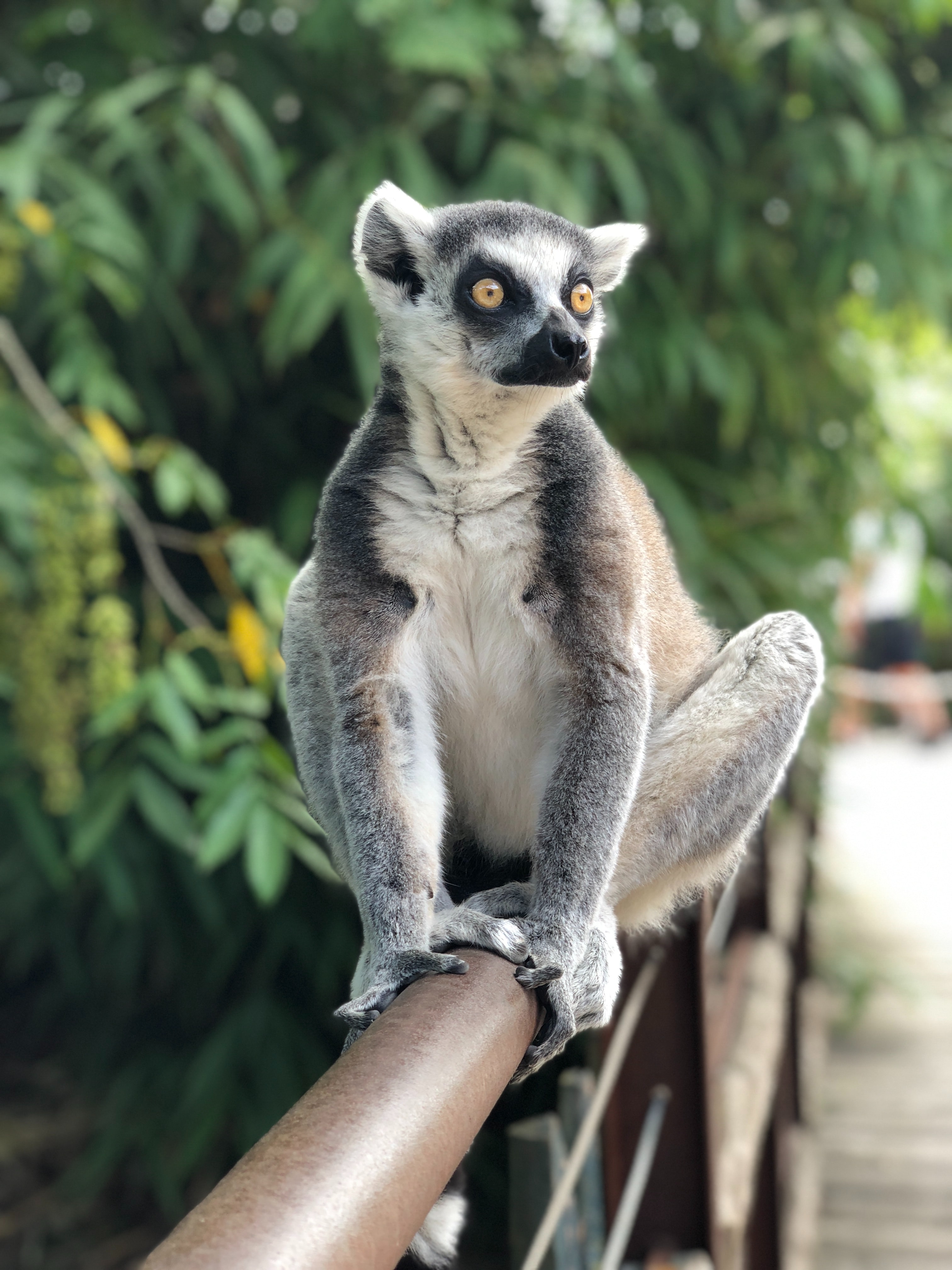

Facts about Madagascar: About Its Origins
Madagascar’s different names
In Malagasy language, Madagascar is Madagasikara or just Mada. Marco Polo was the first reporter of this island, and he gave this name. Then only in the 15th century European travelers started to arrive on the island.
Another interesting fact about Madagascar is it’s name: “Great Red Island”. Madagascar has this name because of the iron-rich red soil. This type of soil is poor for agriculture, but this red soil predominates the Central Highlands only. The best part for agriculture in Madagascar are the soils in the regions of former volcanic activity: Itasy, Ankaratra and Tsaratanana.
Madagascar was a French colony
At the beginning of the early 19th century, the British and French competed for influence in the country. Then Madagascar became a French colony from 1897 until 1958, and later gained full independence from France on 26 June 1960.
The first settlers in Madagascar
As a Malagasy I’m always searching and googling about my own origins. Madagascar is located in Africa, but we barely have African origins. The first people who settled on this island came from the Malay archipelago. Over two thousand years different populations settled on this island: Austronesian, Bantu, Arab, South Asian, Chinese and European. Malagasy population is a mixture of Austronesian and Bantu settlers.
Fun fact: people from South America and Southeast Asia always confuse us as their fellow villagers. Up till now I’ve met Peruvians, Brazilian, Filipino, Indonesian and the first time they saw me, they asked me if I was from their motherland.
Madagascar’s ethnic groups
In Madagascar there are 18 different ethnic groups, the main ones are: Merina, Betsileo, Tsimihety and Sakalava. Merinas form the largest group which live mainly in the center of the country around the capital city.
Spoken language in Madagascar
The official and the most spoken language in Madagascar is Malagasy. French has a big influence and importance in communication, and there are some areas that also use English and Italian.
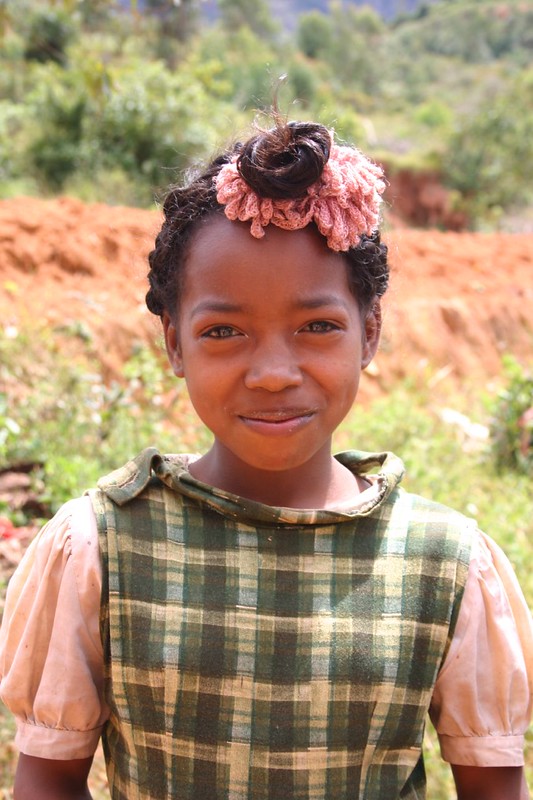
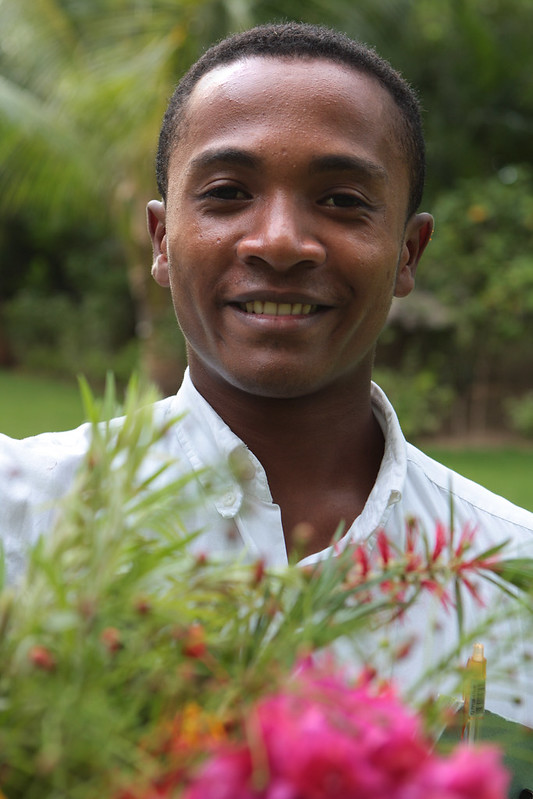
Cuisine
The origins
The different origins of this island is reflected in its cuisine. It has the influence of Southeast Asian, African, Oceanian, Indian, Chinese and European migrants that once settled on the island.
Malagasy cuisine cornerstone
The main cornerstone in Malagasy cuisine is rice, like in many Asian countries. The Malagasy name of rice is vary, and people consume it on a daily basis – usually around 3 times a day. In Madagascar you eat rice with accompaniment, called loaka, which is a combination of cooked vegetables with meat/fish in sauce.
Typical food you can eat in Madagascar
A typical Malagasy dish is Romazava and Ravitoto. Romazava is a stew prepared with zube, fish or chicken; Ravitoto is pork meat cooked with chopped cassava leaves. Personally, Ravitoto is one of my favorite dishes. Anytime I have the opportunity to eat it, I’m very happy.
When you go to Madagascar you can taste different types of street food, like in other countries. Also the street food is a combination of different cultures and Malgasy twist on it, and example is Sambosa (Indian dish).
Here are just a few street foods that you can taste in Madagascar:Mofo-Anana, in Malagasy mofo means bread and anana leafy greens, so mofo anana means leafy greens bread. It’s a combination of cooked greens into bread batter, then deep fried.
Nem & Sambosa, their fillings can vary from each vendor or from your personal taste. The common ingredients are: ground beef, cabbage, onions. You can basically stuff it with the ingredients that you like.

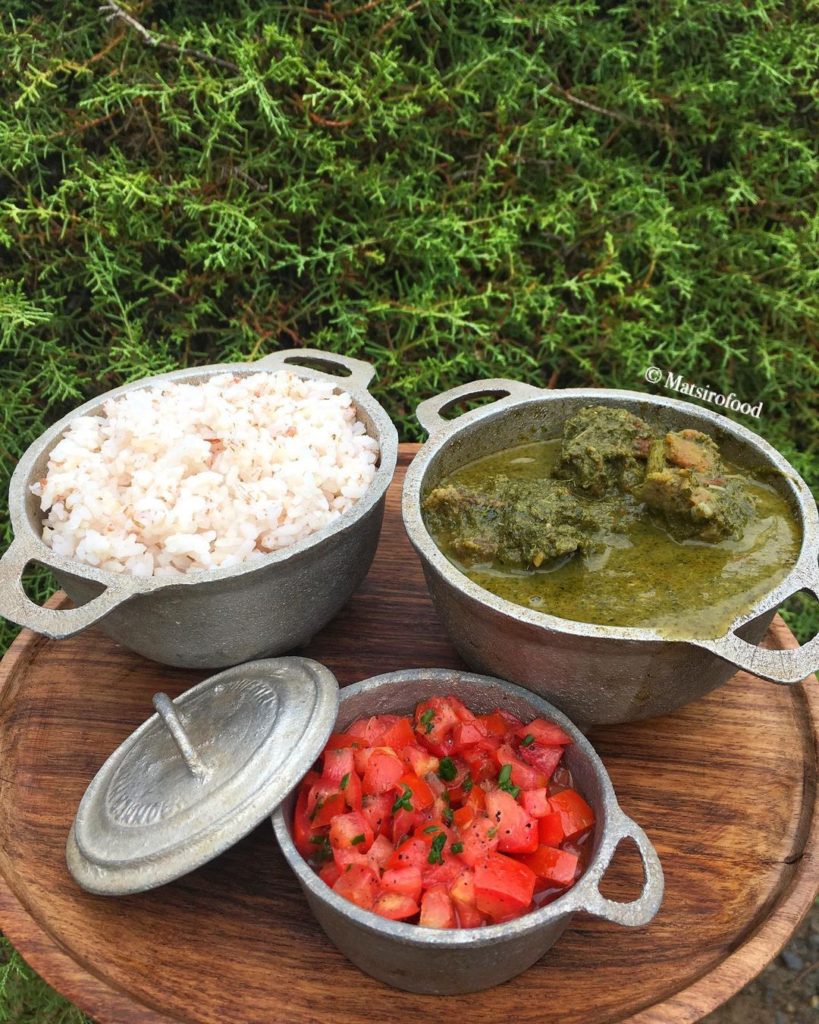
More facts about Madagascar
Madagascar is one of the poorest countries in the world, over 77% of the population lives in slums. This country’s economy relies mostly on tourism, but in recent years the situation has worsened due to covid.
If you’re enjoying this post and you want to know more about Madagascar, then you should check this series of posts about Madagascar. Hope you’ll be able to enjoy this amazing island in the near future! click here
